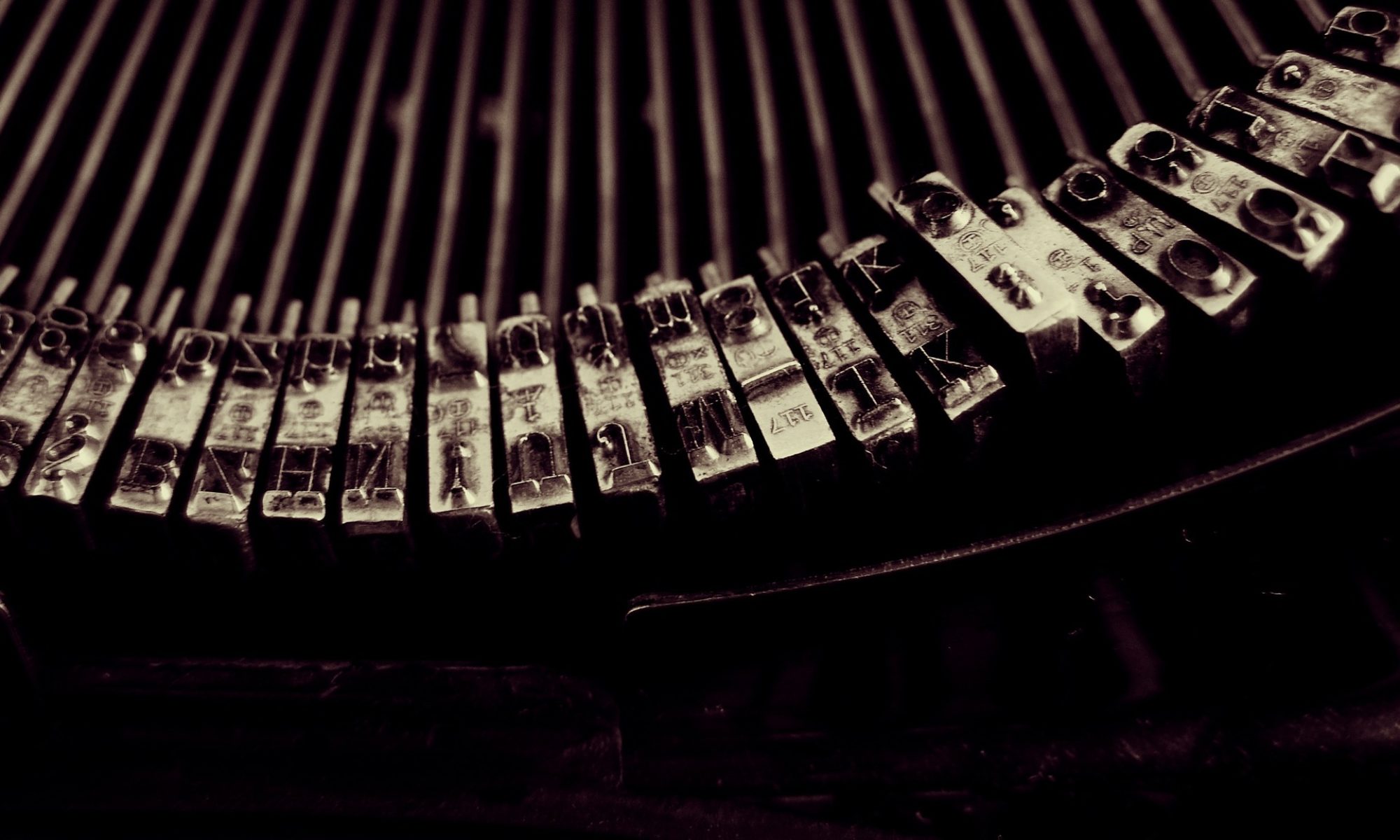
Day 9 – A Watercolorist’s Journal
I began to feel I should go back and learn some basics, rather than flitting aimlessly from YouTube tutorial to YouTube tutorial. So I opened up a book: Everyday Watercolor, by Jenna Rainey. It appealed to me because it was based on a 30-day learning model, with a different lesson each day for 30 days. I did some basic color swatches, experimented with saturation, value, shade, and tone. I did this one night when everyone had gone to bed. It was a serene experience, just me and my paints in the glow of a lamp, at a table in a dark room.
And, because reading about doing something is the irresistible enemy of actually doing it, I made a cup of tea and read on about value scales, split-complementary color schemes, the way pigments are valued (4 is the best, 1 the worst), grades of paper (weighed in pounds per ream and grams per square meter), and how the really good stuff is not paper at all, but cotton stretched on a block.
I knew about the wet-on-wet technique, where you paint a shape first, invisibly with plain water, and then quickly, before it dries, nudge drops of color in to swim about in the wet surface you’ve created. But I hadn’t yet learned the best little trick of watercolor painting: bringing two shapes together, both wet, closer and closer until, they leap to embrace each other, paint from one exploding joyfully into the other. The exact path seems the result of fate or, more probably, the mysteries of fluid mechanics: volume, viscosity, surface tensions. I spent a lovely half hour corralling bubbles of whale blue and honeydew green paint into little “kisses” of this kind.
